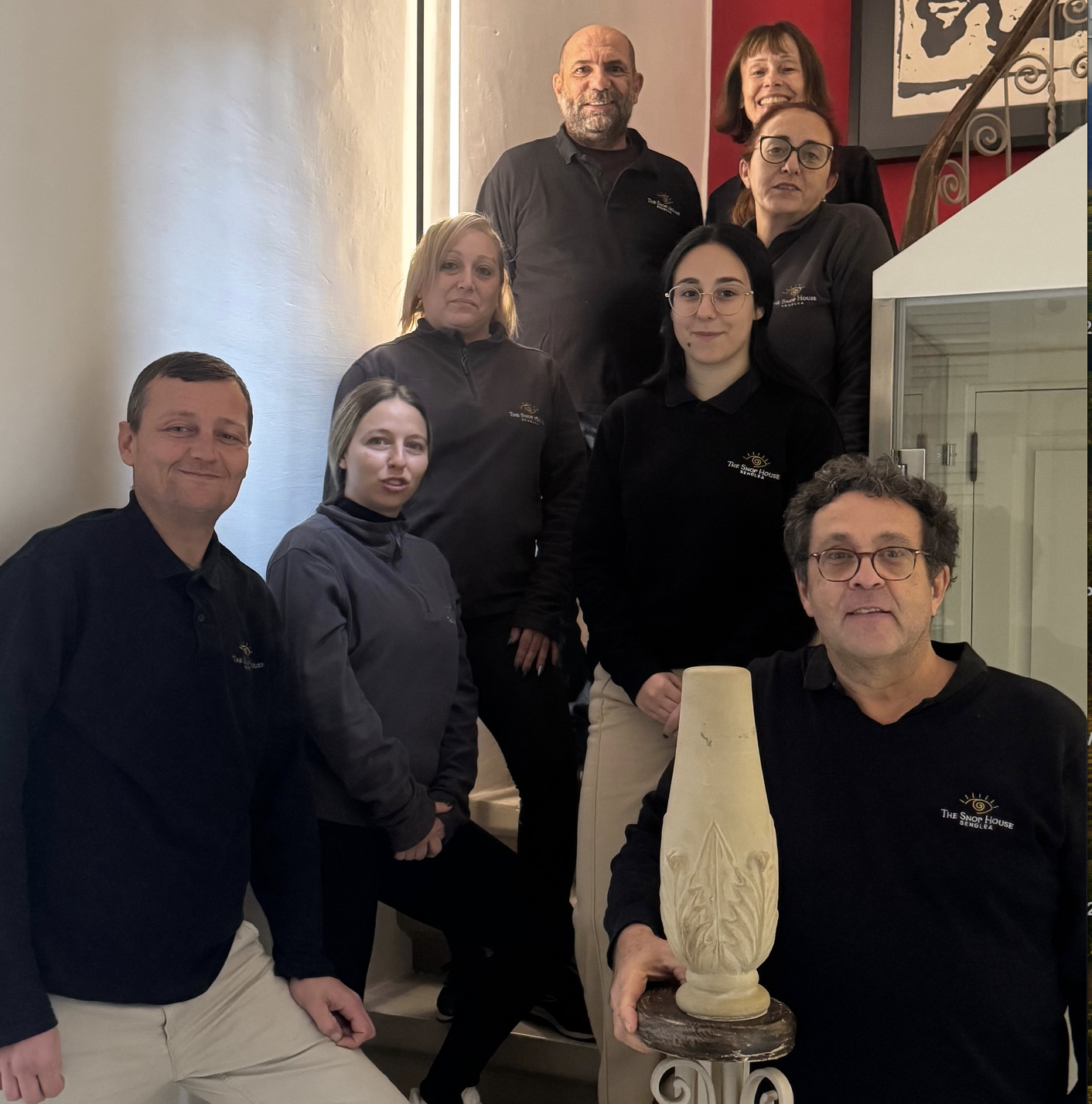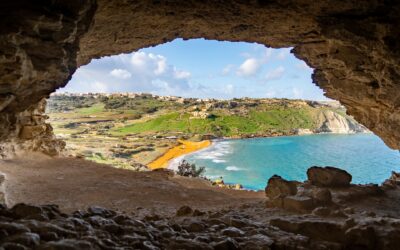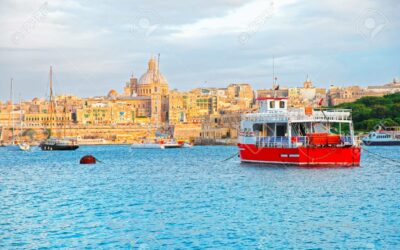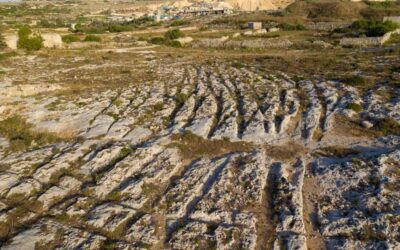The Maltese language stands out in Europe as a fascinating linguistic treasure. It’s the only Semitic language written in the Latin alphabet, reflecting centuries of cultural exchange and conquest. Dive into its rich history and uncover how Maltese evolved to become a living testament to Malta’s heritage.

A Language at the Crossroads of Civilizations
The Arabic Influence
Maltese originates from a group of Semitic languages spoken between the 8th and 11th centuries in southern Italy and Sicily. This connection explains why 50% of its vocabulary is Arabic in origin. Arabic words like:
- Alla (God),
- Mara (woman),
- Raġel (man),
- Jum (day), are still central to the language today.
Although the Arab occupation (870–1240) left a lasting mark, Maltese has evolved to incorporate elements of Italian, Latin, French, and English, making it a true linguistic mosaic.
From Oral Tradition to a Written Language
For centuries, Maltese remained an oral language, predominantly spoken in rural areas. In contrast, administrative and written communication was conducted in Latin and later Italian. Over time:
- 16th–17th centuries: Maltese absorbed significant Latin and Sicilian influences.
- 18th century: French became a trade language.
- 19th century: English arrived with British colonization.
The Rise of Maltese as an Official Language
The 20th century marked a turning point for Maltese:
- 1934: Recognized as an official language alongside English.
- 1964: Upon independence, Maltese became the national language of the Republic of Malta.
- 2004: Maltese joined the 23 official languages of the European Union,despite initial resistance.
Today, Maltese is spoken by approximately 500,000 people, primarily in Malta and among its diaspora communities.
The Maltese Language Today
Maltese thrives as a living language, balancing its Semitic roots with modern influences:
- Education: Taught alongside English in schools.
- Media: Most newspapers and business communication are in English, but Maltese remains the preferred spoken language.
- Literature: Continues to flourish, showcasing the language’s adaptability and creativity.
Key Maltese Expressions to Know
Make your visit to Malta more authentic with these common phrases:
- Mela (mel-ah): A versatile word used in almost every sentence, meaning “ok” or “it’s all right.”
- Orrajt (oh-ryt): Means “all right.” Can be a question (“Are you okay?”) or an answer (“I’m fine.”).
- Illallu (il-la-loo): Expresses surprise, exasperation, or admiration, akin to “Oh la la!”
Stay and Learn with The Snop House
Want to immerse yourself in Maltese culture? The Snop House, located in Senglea, offers the perfect opportunity:
- Multilingual staff fluent in Maltese, English, Italian, French, and Turkish.
- Expert guidance to explore Senglea, the Three Cities, and the Grand Harbour of Valletta.
- A chance to experience Malta’s authentic traditions, festivals, cuisine, and history with the local population.
Why Maltese Matters
The Maltese language is more than a means of communication—it’s a bridge between the Semitic, Latin, and Anglo-Saxon worlds. Its resilience and adaptability make it a unique cultural asset that continues to evolve while preserving its rich heritage.
Whether you’re a history enthusiast or simply curious, understanding Maltese opens a window into the soul of Malta.
Plan your visit today and experience the charm of this linguistic gem!





